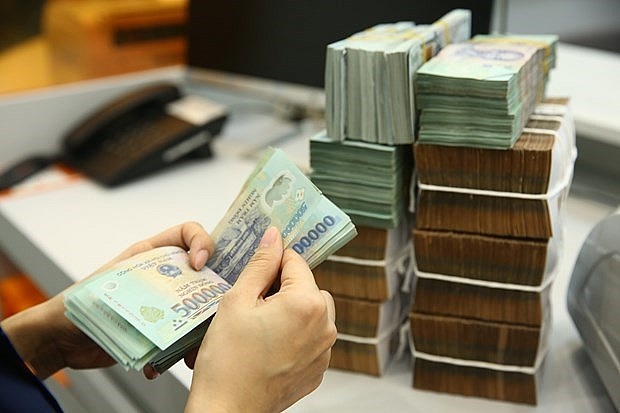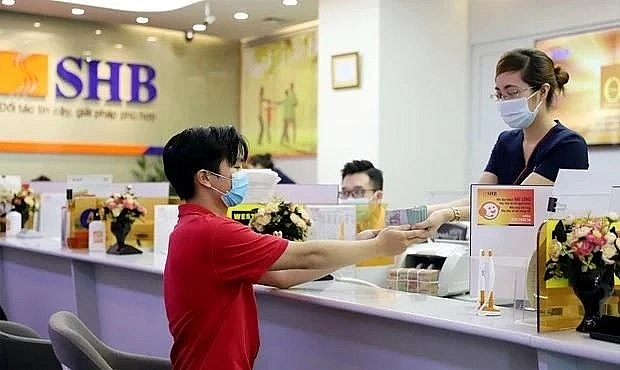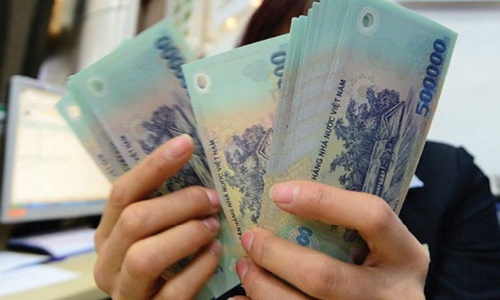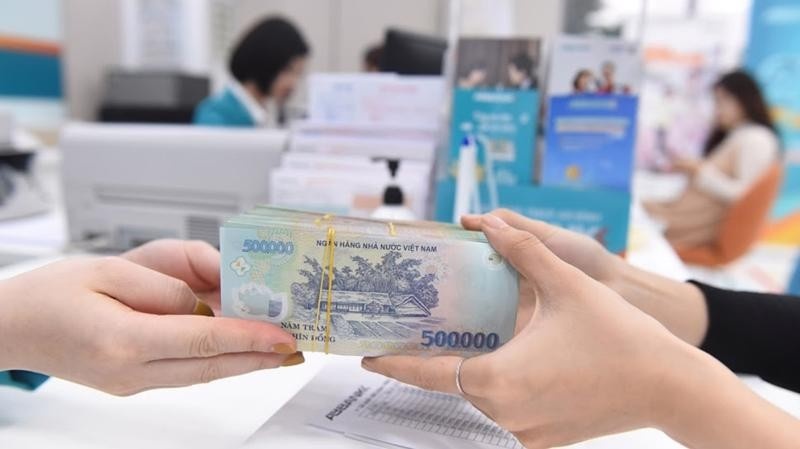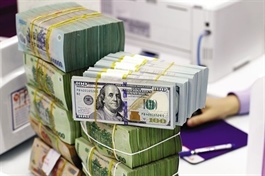Bad debt risks make banks switch focus
Bad debt risks make banks switch focus
Vietnamese banks are increasingly shifting their focus from retail lending to corporate clients, driven by concerns over rising bad debts in the retail segment and heightened risk perceptions.
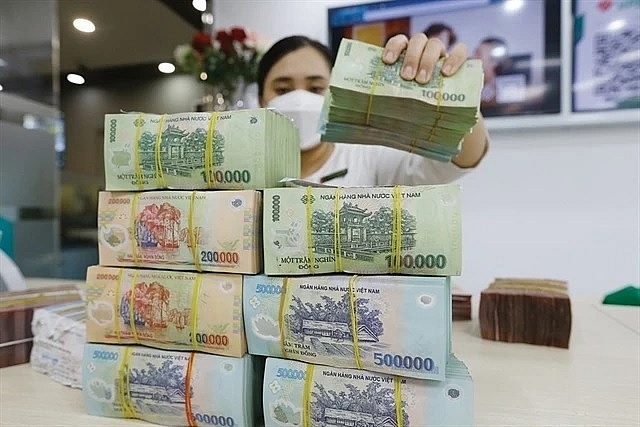
Data from 16 Vietnamese banks as of Q2 2024 revealed a notable shift in lending patterns, with the share of retail loans declining by 2.8 percentage points to nearly 39 per cent. Among these, 14 reported a reduction in retail loans compared to the end of 2023, with only KienlongBank and BVBank seeing modest increases of less than 1 percentage point.
This trend continues a shift observed in 2023, where corporate clients became the main driver of credit growth. While the survey excluded the four largest state-owned banks and major private lenders like ACB and Sacombank, the surveyed banks still represent a big portion of the market, with total outstanding loans reaching $176 billion, accounting for nearly one-third of the economy’s total credits.
In the first half of 2024, even banks traditionally strong in retail lending began pivoting towards corporate clients. For instance, VPBank’s retail loans comprised 59 per cent of its total loan portfolio at the end of 2022, but this ratio dropped to 52 per cent by the end of 2023. While retail loan growth was 14 per cent on-year, the bank’s overall loan growth was much higher at 29.2 per cent.
Likewise, VIB saw its retail loan share decrease from 90 per cent of total outstanding loans at the end of 2022 to 82 per cent by the end of Q2 2024. VIB’s loan growth reached 4.72 per cent by the end of Q2 2024, below the economy-wide credit growth rate of 6 per cent.
However, this was an improvement from the 0.3 per cent decline reported at the end of Q1, driven by a strategic shift towards corporate lending. Loans to wholesale customers grew by 23 per cent in the first half of the year, while retail loans increased by just 1.2 per cent. VIB’s leadership indicates a focus on small- and medium-sized enterprises (SMEs) and corporate clients to meet its 2024 credit growth target of 16.1 per cent.
TPBank, another bank known for its retail lending, also saw its retail loan share fall to 50 per cent for the first time since 2020. Its retail loan proportion dropped by 3 percentage points compared to the end of last year, with a slight decline in outstanding retail loans.
The bank’s loan growth reached nearly 4 per cent in the first half of 2024, mainly driven by corporate clients, particularly in the manufacturing sector. Additionally, TPBank has increased its investments in corporate bonds, reflecting a broader trend among banks.
A VIS Rating report on the banking sector in the first half of 2024 said that while large private banks have benefited from credit growth, those focused on retail lending have seen weakening profits due to a sluggish housing loan market. The report highlights that the return on average assets increased slightly to 1.6 per cent, up from 1.5 per cent in the same period last year, driven by stronger corporate lending and higher net interest margins.
Several banks, including Techcombank, HDBank, VPBank, and LPBank, recorded higher-than-average loan growth of 7.7 per cent in H1 2024, mainly driven by corporate lending in sectors such as real estate, commerce, and manufacturing.
Nguyen The Minh, head of Research and Development for Retail Clients at Yuanta Securities Vietnam, said that banks remain cautious about extending credit to individual customers due to heightened risk perceptions.
“In the current challenging economic environment, individual customers are the most vulnerable. After the pandemic, we saw an increase in bad debts within the retail segment,” Minh said. “With the economy still in recovery, banks are wary of these risks. Collecting from businesses is feasible, but it’s much more difficult with individuals.”
Despite these concerns, Minh is optimistic about the future of retail lending, expecting a rebound as unemployment declines and incomes rise.
“While corporate credit growth has been the focus, by Q3 or Q4, we could see an increase in retail lending. Corporate lending will continue to grow, but the risks associated with individual customers are declining,” he said.
Le Hoai An, founder of IFSS and a lecturer at the Banking University, said that banks were selective in expanding their retail loan portfolios in the first half of the year, with non-performing loans (NPLs) well managed.
“Banks involved in retail and state-owned enterprises have been increasing provisions, while MB and Techcombank have reduced theirs,” An said. “If the economy continues to recover, it could provide a significant boost to the consumer finance sector.”
Phan Duy Hung, head of VIS Rating’s Research and Rating Department, said, “Our analysis of 27 listed banks shows that the sector’s NPL ratio remained stable at 2.2 per cent, unchanged from the previous quarter. However, smaller banks experienced the most significant deterioration in asset quality.”
For instance, NCB, BAC A BANK, Saigonbank, and VietBank reported new bad debt levels above the industry average, largely driven by the retail and SME segments.







